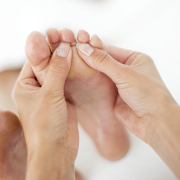 Photo: Getty Images
Photo: Getty Images
Sciatica is a painful condition that may be brought on by the irritation/compression of the path of the sciatic nerve and its branches. The sciatic nerve runs from our spinal cord through our buttocks/hips and down the back of each leg up until the feet. Let us take a look at how Reflexology addresses and manages sciatic neuritis in patients.
CAUTIONS AND CHECKS DURING SCIATICA REFLEXOLOGY THERAPY
• The patient should be placed on a comfortable but firm massage table, such that the spine and tailbone are not arched.
• Feet should be cleansed of any superficial dirt.
• The treatment should begin with a relaxation foot massage which will give the time to establish a patient-therapist rapport.
• No ankle rotation techniques should be performed.
• Oil mix used in the massage and pressure application is 2 drops of lemon oil and 2 drops of lavender oil in the base of wheat germ oil. This facilitator oil reduces friction and discomfort during foot massage and treatment.
• After the session, the patient should be advised NOT to do any leg abduction and adduction exercises or squats, lunges when the pain is on or at least for 24 hours.
• The patient should be advised to drink plenty of water.
BEGINNING WITH RELAXATION TECHNIQUE:
1. The therapist holds the patient’s left foot using both the hands. The therapist’s fingers will be on top of the patient’s foot and the thumb at the base/ balls of the patient’s foot.
2. Then the foot is "loosened" with a back and forth movement - big toe is gently brought forward and the little toes are gently pushed backward simultaneously.
3. This is followed by toe rotation for each toe of the left foot - clockwise and then anti-clockwise rotations
4. Lastly, foot wringing technique is added - first gently and then with moderate intensity.
5. The relaxation techniques 1 -4 are then performed for the right foot.
TREATMENT:
1. The beginning is done with the left foot and a Slide and Press technique along the spinal reflex located along the arch of the inner foot. It is advised to begin with the base of the heel (coccyx reflex) and work up to the toe. He therapist then returns to the coccygeal, sacral and lumbar spine reflexes and performs the same technique.
2. Next the thumb walk technique is performed on the same area thrice – starting very slowly from the coccygeal reflex up to the top of the big toe.
3. Then, the press and roll technique is performed on the coccygeal reflex (which is located towards the outer edge of the arched area about 3-4 centimeters directly under the area where the sciatic loop ends in the inner arch side of the foot).
4. Next, the thumb-walk is performed again at a moderate pace on the Sciatic Loop that runs as a mildly ascending arch traversing the heel of the foot roughly at the tip third of the heel.
5. The therapist now attends to the sacral reflex (due to the possible involvement of S1, S2 in sciatic pains) - performing a hook technique on it.
6. Next, the reflexologist moves on to the Lumbar spine reflex landmark (since sciatic pain may involve nerves emanating from vertebra L4, L5) – using the hook technique.
7. The therapist tries to feel for blockages or a tingling.
8. Now, the reflexologist works in the same way on the thoracic spine reflex located an inch above the Traverse Zone 2 division on the inner arch side of the left foot.
9. The therapist now attends to the hip joint reflex located just above the Traverse Zone 4 division on the outer edge of the foot and uses the press and rolls technique here followed by the hook technique.
10. Keeping the meridian knowledge in mind, the reflexologist attends to the Bladder reflex slightly diagonally below by an inch to the sacral reflex, using hooking technique.
11. The therapist repeats the Steps 1-10 for the right foot as well.
12. Now another relaxation massage of the patient’s whole left and right foot employing knuckles kneading, ankle and toe rotation as well as press and slide on both the sides of the feet.
13. The therapist then holds the patient’s left leg straight on the bed with her left hand and uses her right hand to work on the patient’s left foot again. This time the therapist traces out the running of the sciatic nerve from the rear or the back side of the ankle arching down to the Traverse Zone 4 division with the thumb and uses the press and sliding technique on the location of the sciatic nerve on the foot.
14. Step 14 is repeated for the right foot.
15. As the therapist ends her session, she gives a 1 and ½ minute relaxation massage to the patient’s whole foot for both legs using the press and slide technique and foot loosening techniques only.
16. Therapists conclude by wiping the patient’s feet for excess lemon and lavender essential oils with the wheatgerm base, with damp cotton wool.
*Benefits, side-effects, prior preparations, costs, duration of procedure, recovery and resumption of daily activities as well as support issues should be discussed with your therapist for each type of option before starting on your program.
Mamta Singh is a published author of the books Migraines for the Informed Woman (Publisher: Rupa & Co.), the upcoming Mentor Your Mind (Publisher: Sterling Publishers) and An Urban Woman's Integrated Fitness Guide (Publishers: Hay House). She is also a seasoned business, creative and academic writer. She is a certified fitness instructor, personal trainer & sports nutritionist through IFA, Florida USA. Mamta is an NCFE-certified Holistic Health Therapist SAC Dip U.K. She is the lead writer and holds Expert Author status in many well-received health, fitness and nutrition sites. She runs her own popular blogs on migraines in women and holistic health. Mamta holds a double Master's Degree in Commerce and Business. She is a registered practitioner with the UN recognised Art of Living Foundation. Link: http://www.migrainingjenny.wordpress.com. Visit www.mamtasingh.com
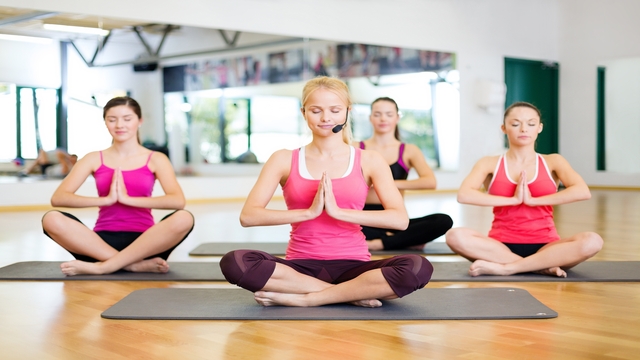
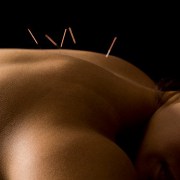
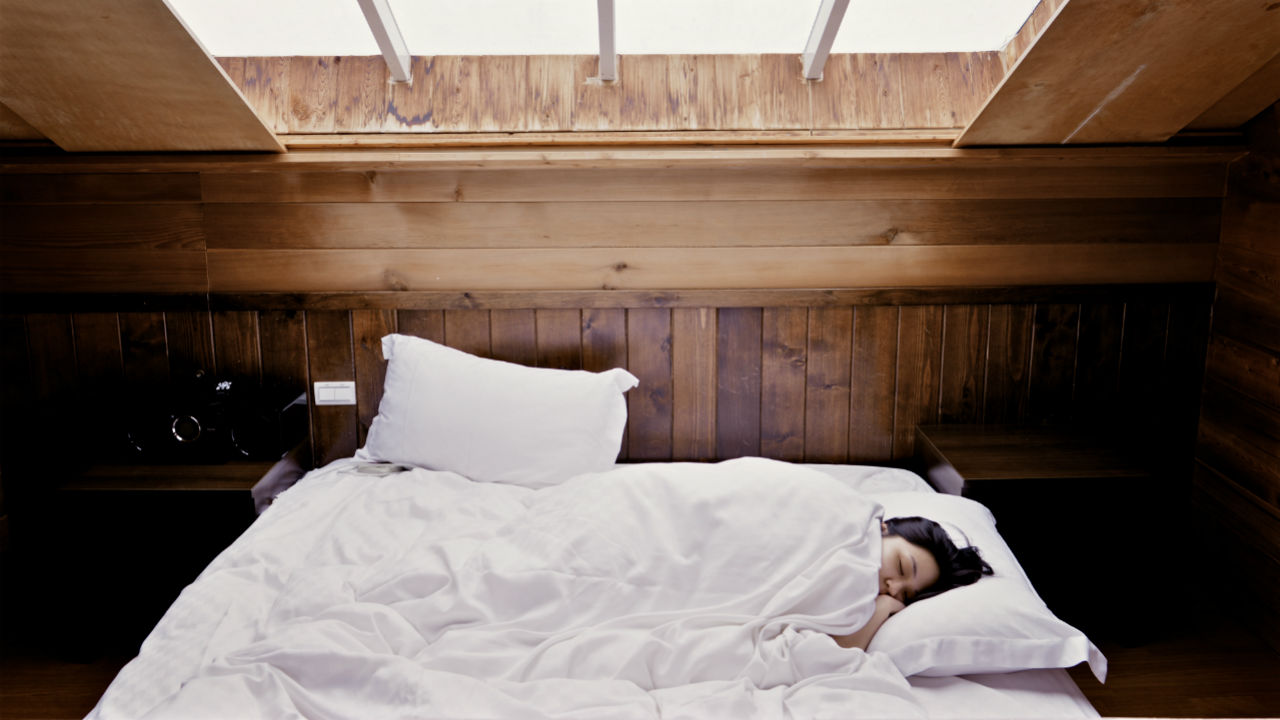
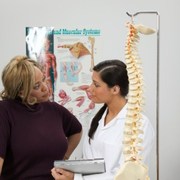


Add a Comment1 Comments
If you are are suffering from diabetes, a nerve disorder, or have flat feet a best foot therapy massage machine can help to remove the aches,leg,angle and pain. Blood flow can be increased which can improve your overall health.
April 24, 2015 - 11:38pmThis Comment